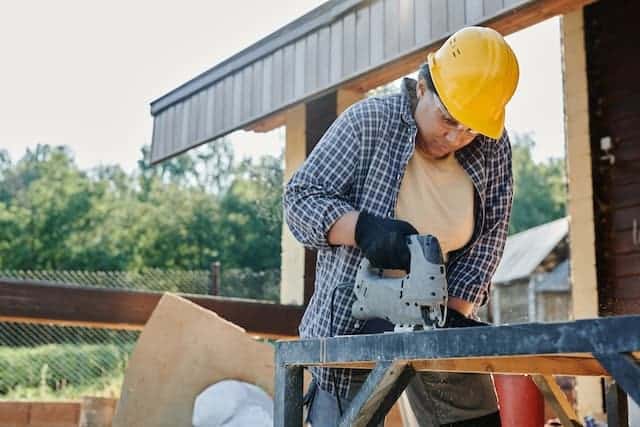The world of trades has long been associated with men and masculinity, with jobs such as plumbing, welding, and carpentry often seen as male-dominated professions. However, in recent years, more and more women have been breaking into these fields, shattering stereotypes and carving out successful careers.
So, why are more women choosing nontraditional careers in the trades? There are several factors at play.
First and foremost, women are realizing that these jobs offer stable and well-paying careers. Many trades jobs offer competitive salaries, benefits, and job security, making them appealing options for women who may not want to take on debt or spend years in college to pursue a career.
Another factor is the growing demand for skilled tradespeople. As the baby boomer generation retires and the economy continues to grow, there is an increasing need for skilled tradespeople to fill positions in construction, manufacturing, and other industries. Women are stepping up to meet this demand, taking on roles that were once considered off-limits.
Additionally, the trades are increasingly seen as rewarding and fulfilling careers. Women are finding that working with their hands and seeing the tangible results of their labor can be incredibly satisfying. They are also drawn to the creative and problem-solving aspects of trades jobs, which often require innovative thinking and adaptability.
Of course, there are still challenges that women face in the trades. Some women report feeling isolated or discriminated against on job sites, and there is still work to be done to make these fields more welcoming and inclusive. However, women are increasingly finding support through mentorship programs, networking groups, and advocacy organizations, which can help them navigate these challenges and find success in their careers.
Overall, the trend of women entering nontraditional trades careers is a positive one. It offers women the opportunity to pursue rewarding and lucrative careers while breaking down gender barriers and stereotypes. As more and more women enter these fields, we can expect to see even more innovation and growth in the trades, as well as a more diverse and inclusive workforce.

